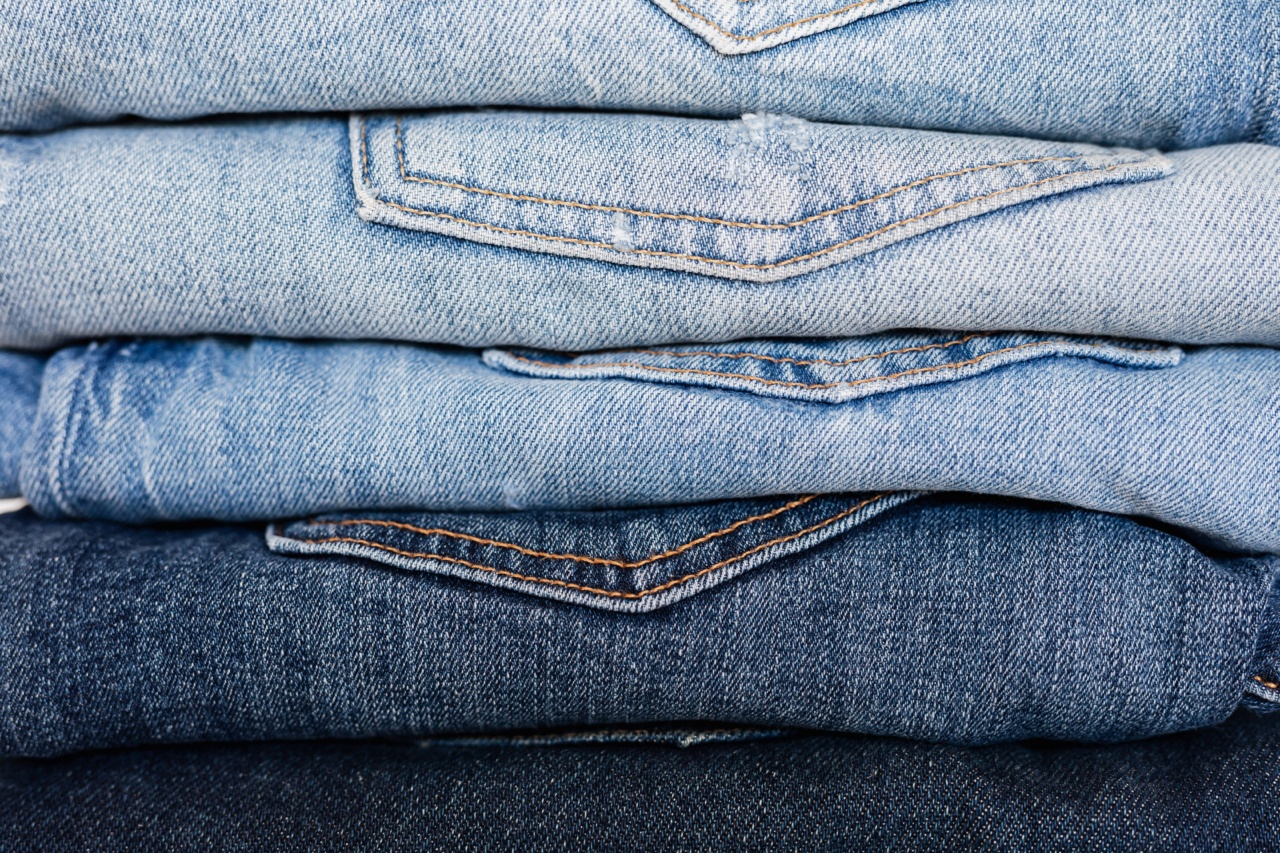In recent years, the fashion industry has experienced a surge in popularity, with trendy clothing becoming a must-have for many individuals.
From fast fashion brands that offer inexpensive clothing items to designer labels producing exclusive pieces, the demand for trendy clothing seems to be at an all-time high. However, behind the glitz and glamour of the fashion world lies a dark reality – the hidden costs associated with trendy clothing.
These costs often go unnoticed by consumers but have significant impacts on the environment, workers, and even our personal finances.
1. Environmental Impact
The production of trendy clothing has a substantial environmental impact.
Fast fashion brands rely on cheap and low-quality materials, such as polyester and synthetic fibers, which are derived from fossil fuels and contribute to greenhouse gas emissions. The excessive use of water, energy, and chemicals in clothing manufacturing also puts a strain on our natural resources.
Moreover, textile waste from discarded or out-of-style clothing items is a major contributor to landfills, causing further environmental degradation.
2. Exploitation and Poor Working Conditions
Behind the scenes of trendy clothing production are often exploited workers and poor working conditions. In order to produce clothing quickly and cheaply, many brands outsource their manufacturing to low-wage countries with lax labor regulations.
This practice not only subjects workers to long hours and low pay but also puts them at risk of hazardous working conditions and even physical abuse. The relentless pursuit of trendy clothing trends often comes at the cost of the well-being and livelihoods of these workers.
3. Human Rights Violations
In some cases, the production of trendy clothing involves human rights violations. The demand for exotic materials such as fur, leather, and feathers drives an unethical and cruel industry that often involves the mistreatment of animals.
Additionally, there have been reports of child labor being used in the production of fashionable clothing items, highlighting the violation of basic human rights in the pursuit of profit.
4. Lack of Transparency
Many trendy clothing brands lack transparency in their supply chains, making it difficult for consumers to know the origin and production methods of their clothes.
This lack of transparency often masks unethical practices, allowing brands to continue exploiting workers and harming the environment without consequences. Without clear information, consumers are unable to make informed choices and support companies that prioritize ethical and sustainable practices.
5. Financial Implications for Consumers
While trendy clothing may appear affordable initially, it often comes with hidden financial implications for consumers. Fast fashion brands thrive on the constant turnover of styles and trends, encouraging consumers to buy more and buy frequently.
However, these cheaply made clothing items often have a short lifespan and need to be replaced frequently. As a result, consumers end up spending more money in the long run, contributing to a cycle of overconsumption and wasting valuable resources.
6. Health Concerns
Trendy clothing may also pose health concerns for both producers and consumers. The use of toxic chemicals in clothing production, particularly in dyeing and finishing processes, can lead to health issues for workers exposed to these chemicals.
For consumers, cheap clothing items often undergo little quality control, resulting in potentially harmful substances being in direct contact with the skin.
7. Overproduction and Overconsumption
The relentless pursuit of trendy clothing has led to overproduction and overconsumption. Fast fashion brands continuously introduce new collections and imitate designer pieces, fueling a culture of disposable clothing.
This overconsumption places significant strain on resources and contributes to the throwaway mentality, where clothes are often discarded after just a few wears.
8. Psychological Effects
Constant exposure to trends and the pressure to keep up with the latest fashion can have detrimental psychological effects on individuals.
The desire to fit in and be perceived as fashionable can lead to anxiety, low self-esteem, and a constant need for validation through clothing choices. This excessive focus on external appearances can overshadow more meaningful aspects of life and contribute to a consumer-driven culture.
9. Lack of Size Inclusivity and Diversity
Despite the increasing diversity in society, the trendy clothing industry often fails to cater to all body types and ethnicities.
Many brands continue to perpetuate unrealistic beauty standards by showcasing only a limited range of sizes and primarily featuring white models. This lack of size inclusivity and diversity not only reinforces harmful stereotypes but also excludes a significant portion of the population from participating in current trends.
10. Alternative Solutions
While the hidden costs of trendy clothing may seem overwhelming, there are alternative solutions that can help mitigate these issues.
Supporting sustainable and ethical fashion brands that prioritize transparency in their supply chains is one way to make a positive impact. Additionally, investing in high-quality, timeless pieces rather than constantly buying into fast fashion trends can reduce waste and promote a more sustainable approach to fashion.
Lastly, advocating for stricter regulations and holding brands accountable for their actions can help push the industry towards more ethical and responsible practices.






























